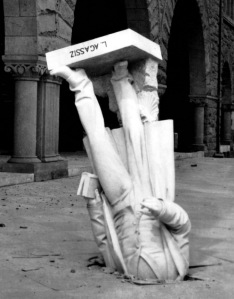I’m taking my sabbatical as Scientist-in-Residence at the Peabody Essex Museum (http://www.pem.org). You may ask, what could a scientist possibly have to do in a museum of art and culture? Quite a lot, it turns out. In fact, I could be kept busy for decades with the projects I’ve envisioned. More on that later.
Today I’d like to discuss the following question, one that has come up in my discussions with the education folks at the museum: Where exactly lies the intersection of art and the natural sciences?
I would argue that the crux may be found in observation. Read this quote by Lane Cooper, highly-regarded English educator from his book Louis Agassiz: Illustrative Extracts on his Method of Instruction (1917):
“It is simply the fact that, reduced to the simplest terms, there is but a single method of investigating the objects of natural science and the productions of human genius. We study a poem, the work of man’s art, in the same way that Agassiz made Shaler study a fish, the work of God’s art; the object in either case is to discover the relation between form or structure and function or essential effect. It was no chance utterance of Agassiz when he said that a year or two of natural history, studied as he understood it, would give the best kind of training for any other sort of mental work.”
While Cooper compared the study of literature to the study of natural history, the same comparison holds for the visual arts and any natural science. Seeing requires time and focus. The more we look the more we see, the more we find the extraordinary in the ordinary, and the more clearly we can identify the relationship between form and function. We must always give our students ample time to observe and then ask, What Do You See?


You must be logged in to post a comment.